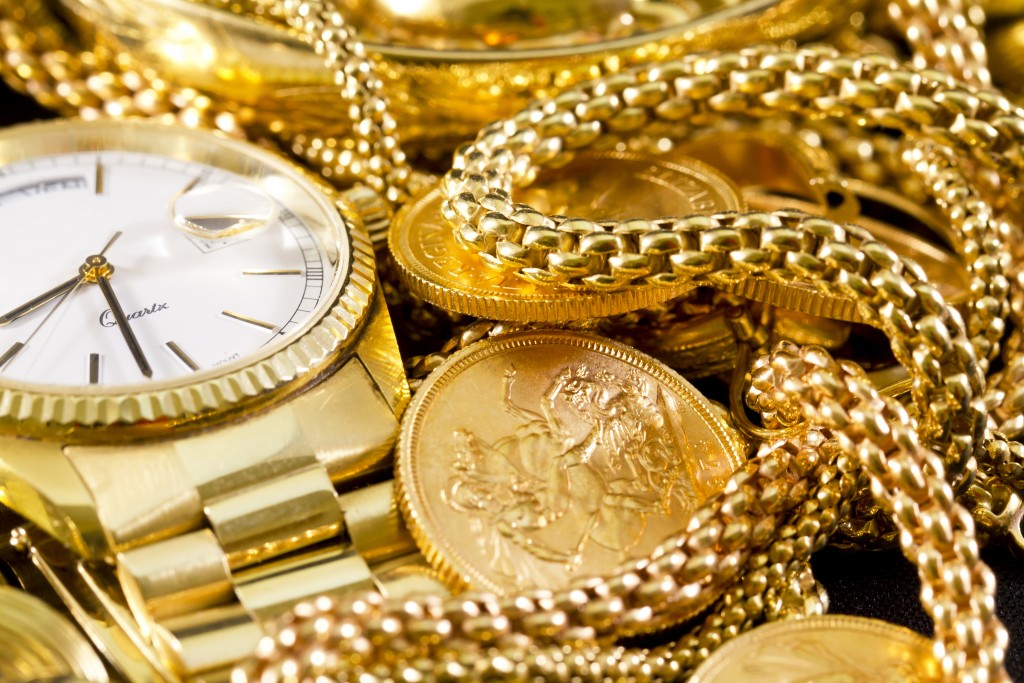When it comes to investing, the most common terms you’ll hear are stocks, bonds, treasury bills, and other intangible money market products. Real estate is probably the only tangible property you’ll hear about. But those aren’t the only investments that yield significant returns.
Tangible assets or those that possess a physical form and natural value are just as beneficial. Investors usually purchase them to use as a hedge against inflation. But how exactly does the asset do that?
If you’ve heard of gold reserves kept by central banks around the world to back their currencies, those are sought out as a safe store of value during dangerous times. The prices of gold are less affected by the laws of supply and demand; hence, the precious metal’s value is retained even with inflation.
Similarly, that’s how tangible assets will benefit you in times of a financial crisis. There could be a war ravaging the world, but gold refineries will keep on thriving.
That said, let’s see a few examples of tangible assets and how they help secure your wealth.
1. House
A house may hardly pass as an asset if you’re paying mortgage monthly, but its investment potential doesn’t change. It will be a long-term tangible asset, which you can sell for an appreciated value over time. Not to mention lease out. That is less likely to happen with intangible assets, as their values drop during recessions.
2. Collectible Art Piece
There is a reason why the works of Van Gogh, Da Vinci, and other renowned artists are kept in museums, highly secured and extravagantly curated. Collectible artworks have immeasurable values; they’re almost priceless. They’re auctioned for hundreds of thousands to millions of dollars. Hence, art collectors aren’t simply fanatics. They know how to use those pieces to protect their wealth.
3. Vehicles
Like a house, a vehicle can also be regarded as a liability, considering that it starts to lose value the moment it’s driven. But in business, an auto is a valuable asset, especially in fleet and transportation companies. Any business in all industries, for that matter, consider vehicles assets, classifying them as “plant” in their balance sheets.
4. Precious Metals

Gold isn’t the only precious metal that retains its value during inflation. Silver and platinum are also similar, though all three possess different strengths and weaknesses.
Gold, as mentioned above, has prices that aren’t as affected by supply and demand. The reason is that the sheer weight of hoarded gold is greater than the new mine supply. In other words, when hoarders are on a selling spree, the gold’s prices will drop. On the contrary, it will increase when hoarders want to buy.
Silver, unlike gold, have more volatile prices. Its prices are influenced by its industrial demand and supply. But it is essential in many technological innovations, such as in electronics, appliances, medical products, and automotive parts.
Platinum has similar qualities with silver, specifically its industrial use. The automotive industry benefits from it the most since the precious metal helps in reducing harmful emissions. Jewelry makers are the second-largest source of platinum’s demand.
Because auto manufacturers rely on platinum heavily, the precious metal’s prices are affected mainly by auto sales and production volume. As such, investors consider platinum as the precious metal with the most volatile prices.
Considering these types of tangible assets, we can gather than they are useful in diversifying your portfolio, starting a business, and personal enjoyment, in addition to being a hedge against inflation. They offer unique satisfaction, utility, and the potential for higher future consumption due to price appreciation.
